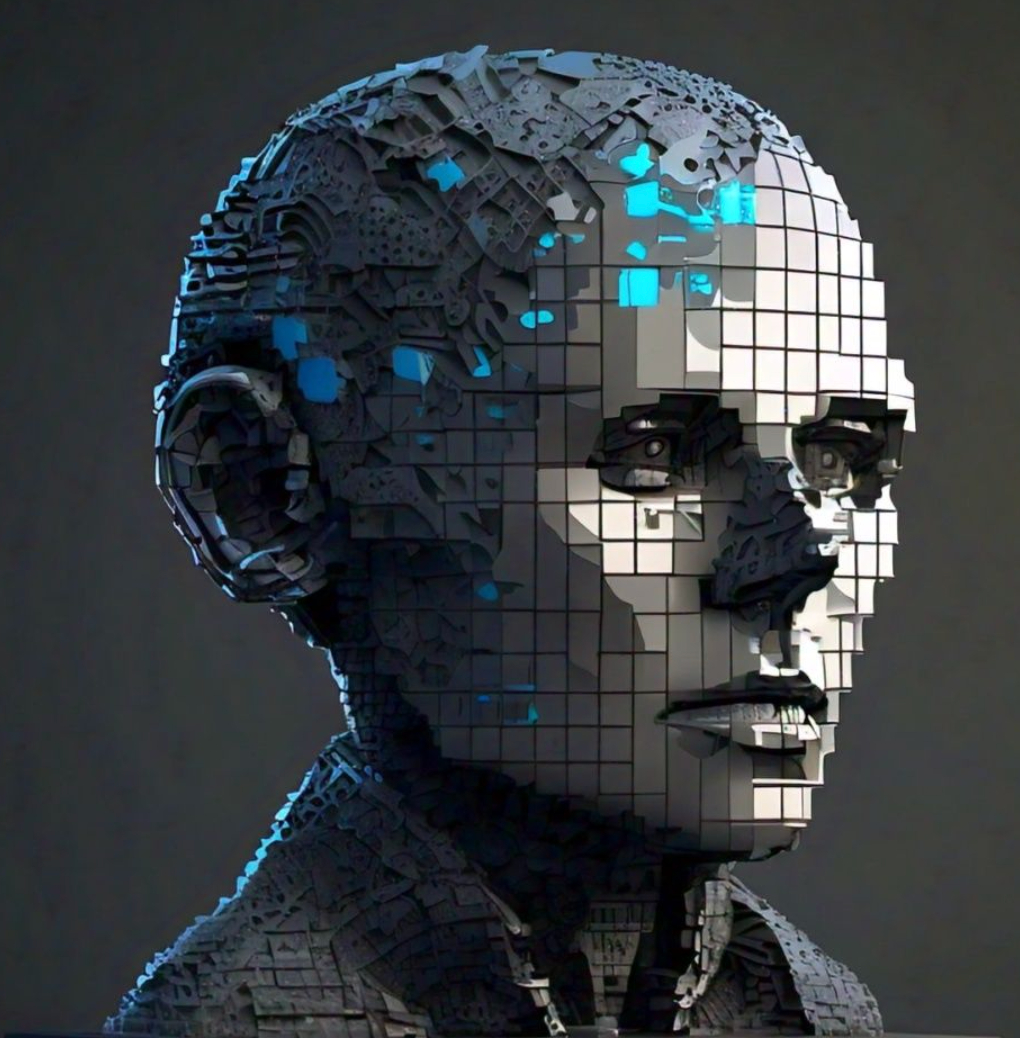167 reads
Addressing Kevin Mitchell’s Questions From the Perspective of Conscious Turing Machine Robots
by
September 4th, 2024
Audio Presented by

AIthics illuminates the path forward, fostering responsible AI innovation, transparency, and accountability.
Story's Credibility

About Author
AIthics illuminates the path forward, fostering responsible AI innovation, transparency, and accountability.